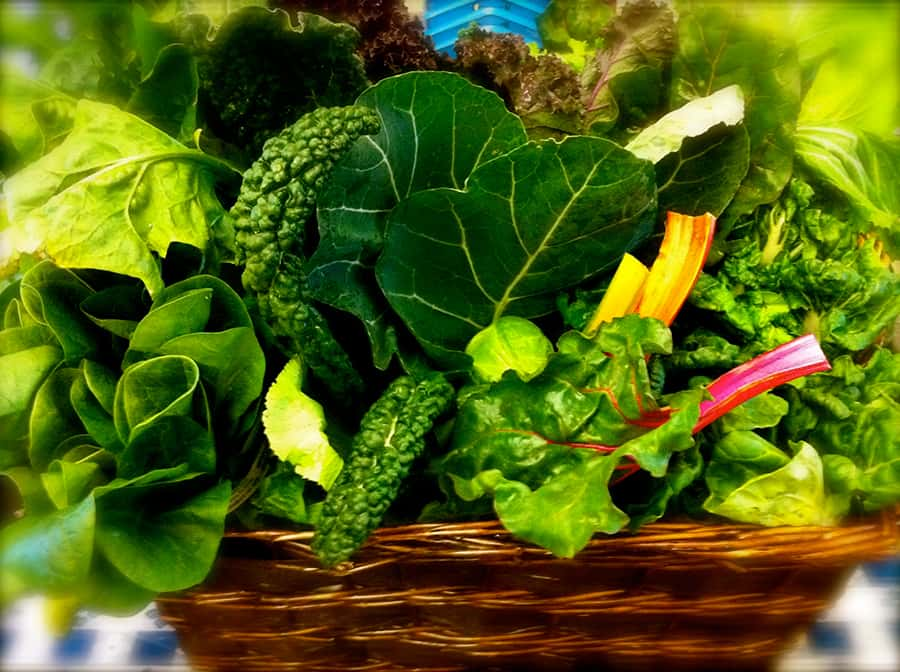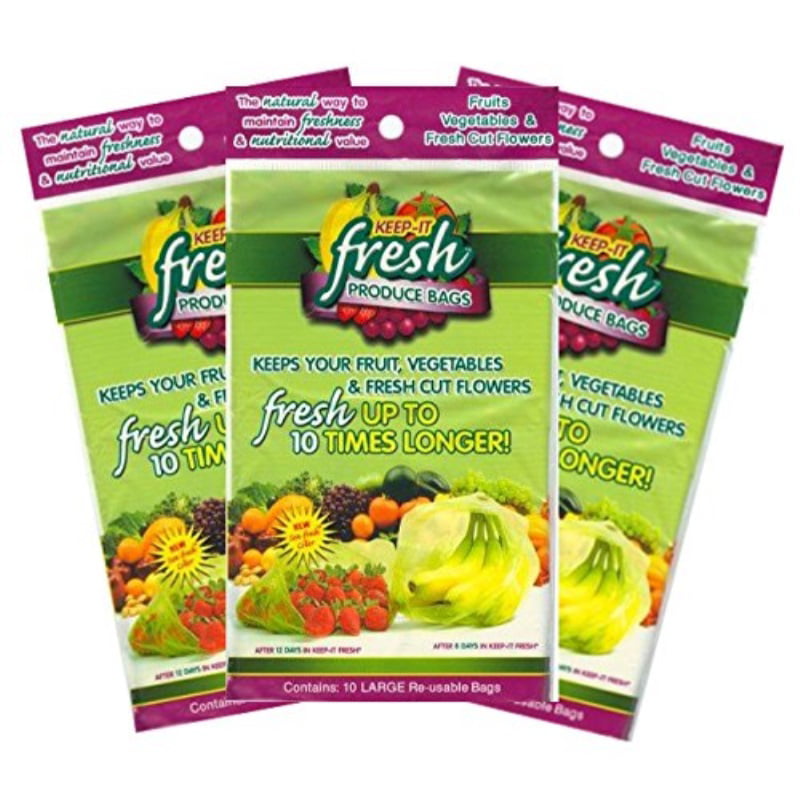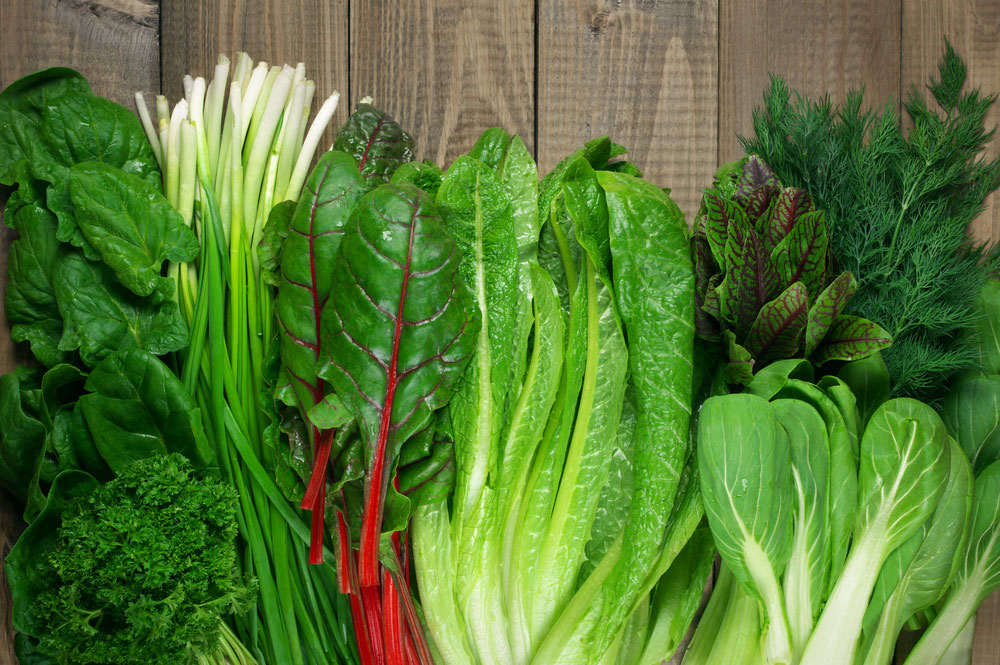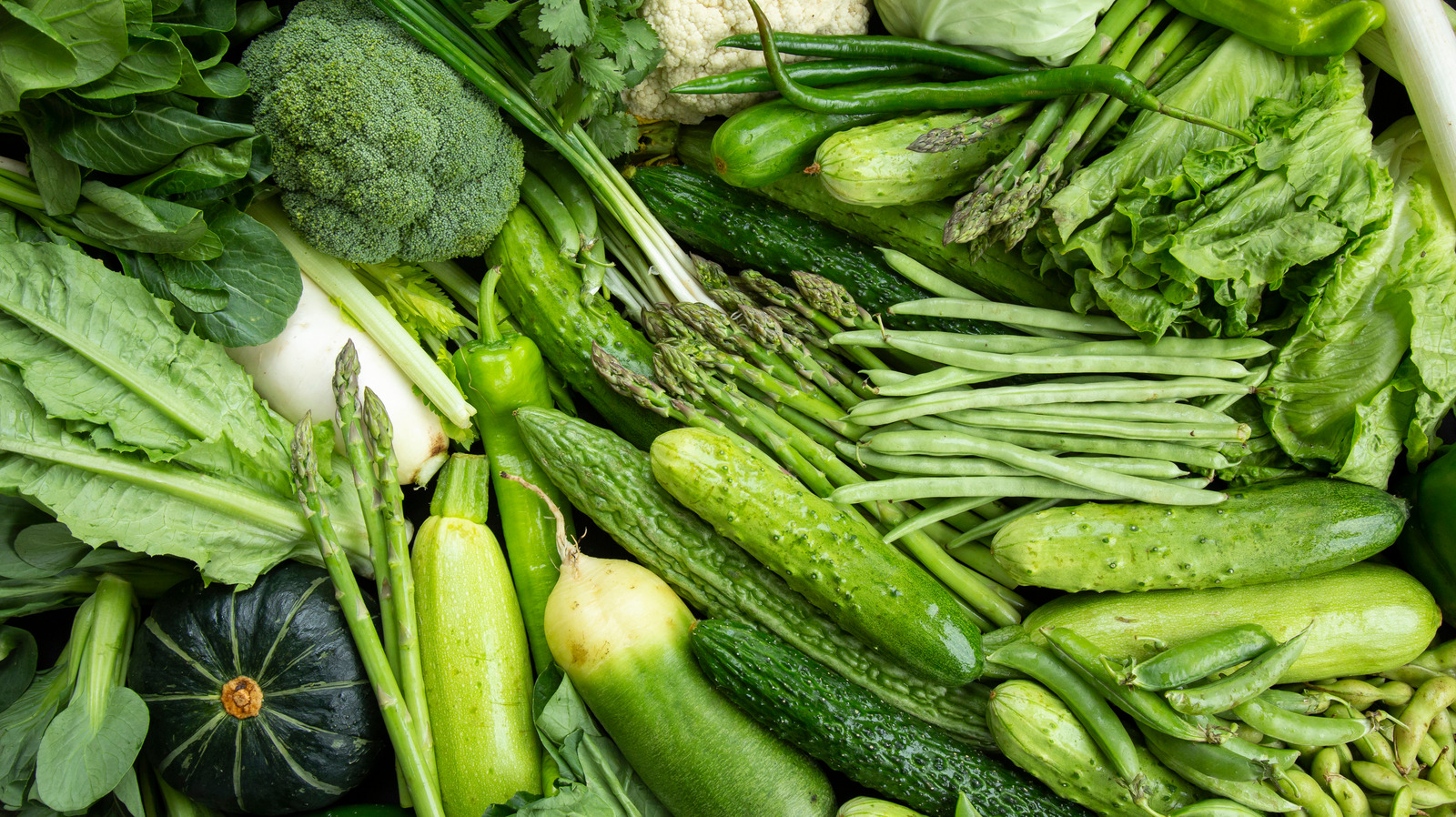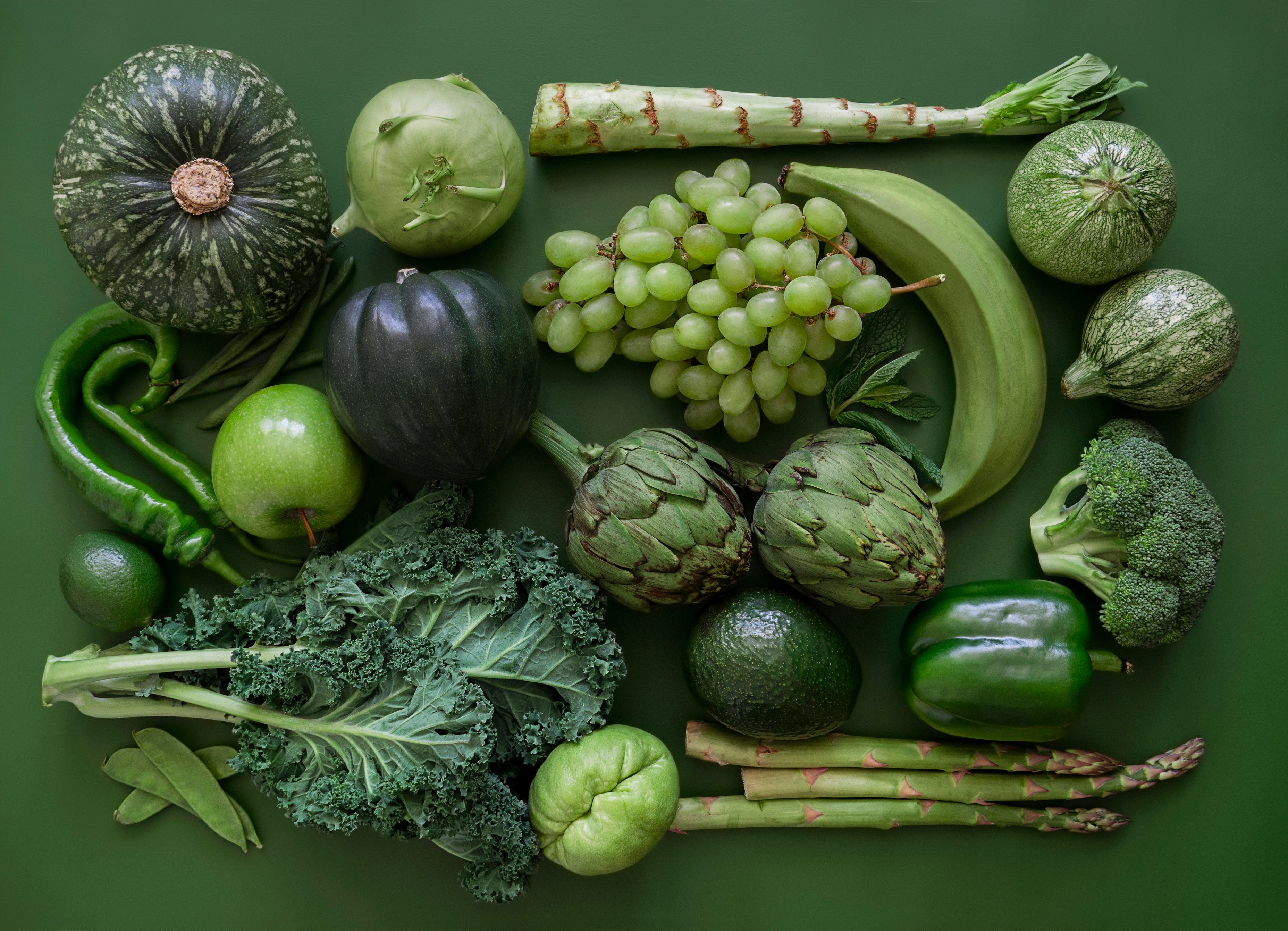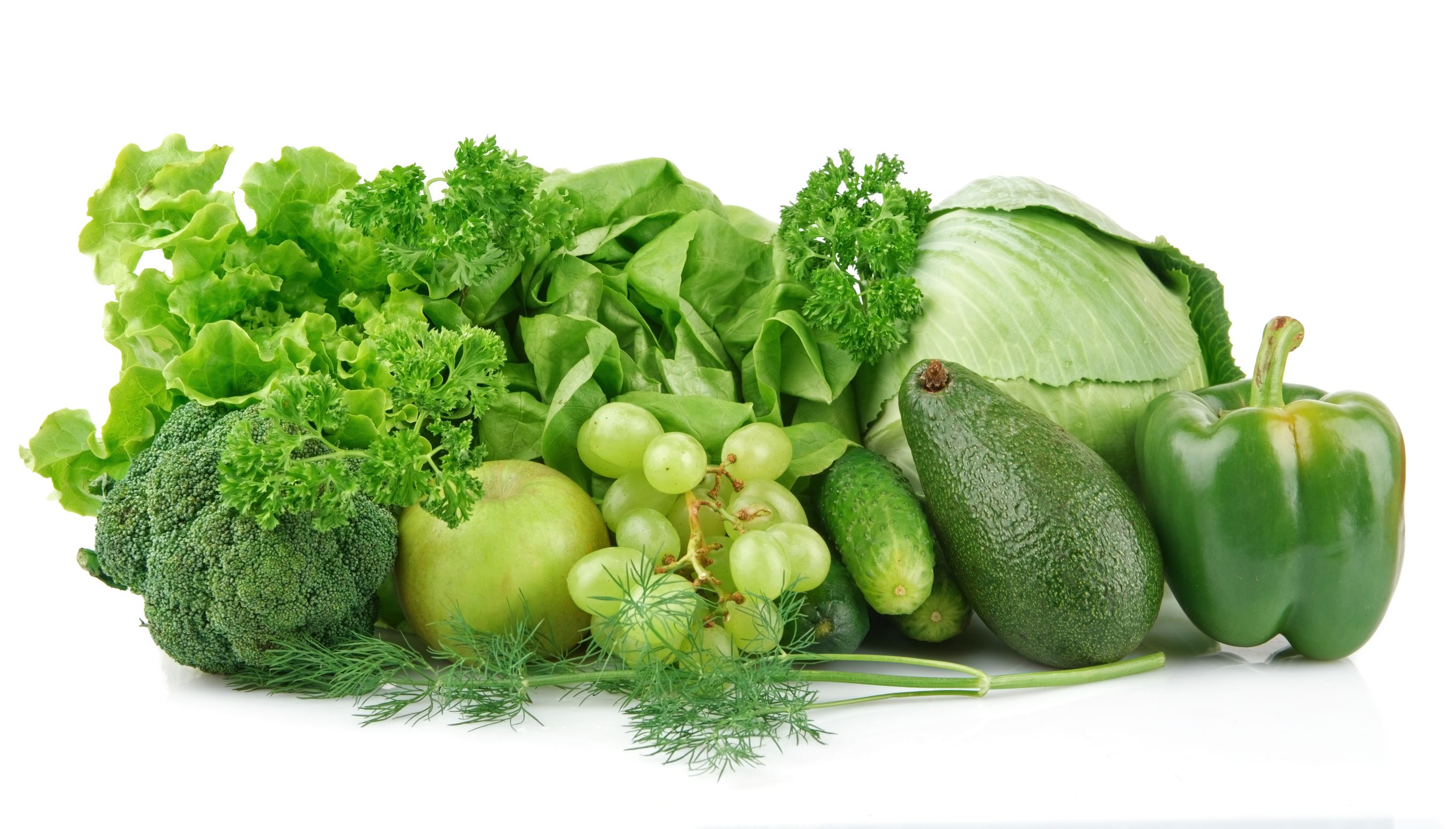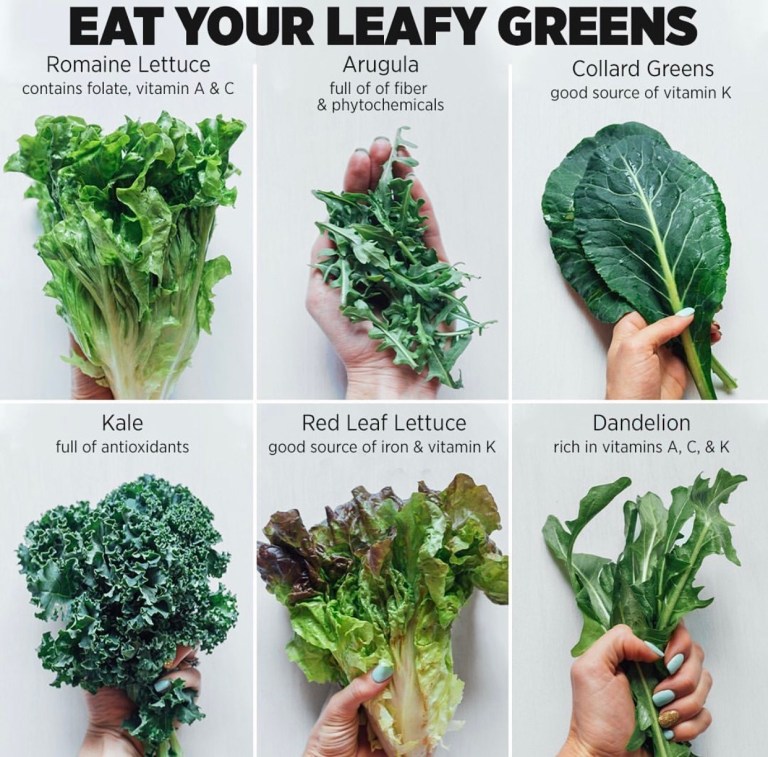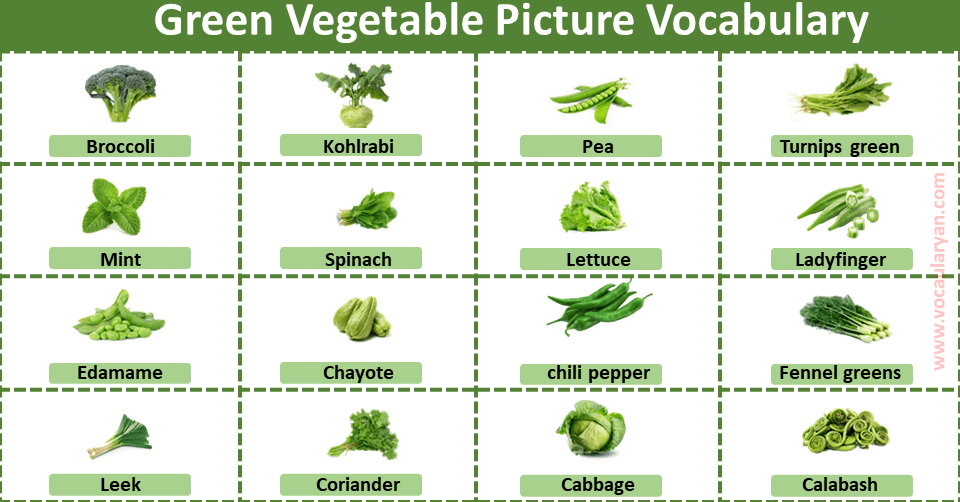Looking Good Info About How To Keep Vegetables Green
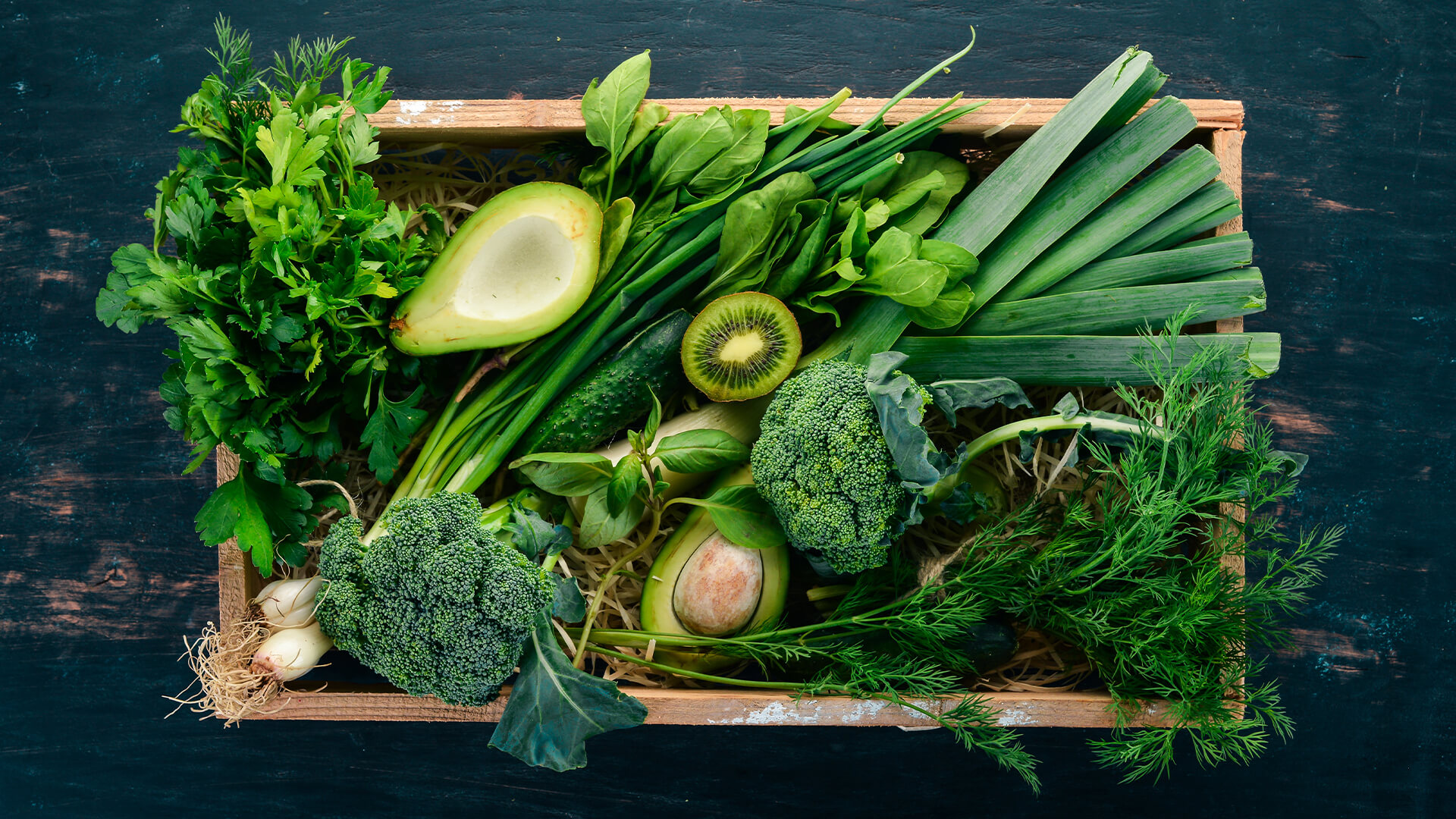
Use a large amount of water, then add salt.
How to keep vegetables green. Chlorophyll is protected by walls that keep these compounds at a distance. After thoroughly cooling the vegetables, boil them in boiling water or steam for a few seconds. Always bring the water to a boil before you add the vegetables.
Spinach, cabbage, chard, and kale are the green leafy vegetables that can rot pretty quickly out on the shelf. July 13, 2022 13:09 ist read time: How to keep your geen beans of asparagus bright green?
(long cook times result in limp, soggy vegetables, void of both nutrition and colour.). You’re most likely to use up your greens if they are clean and ready to eat, and they’ll last longer, too. To ensure your vegetables stay fresh, start by using the crisper drawer of your refrigerator for items like celery, bell peppers, and cucumbers.
Here are a few easy solutions to keep your greens green! Be careful not to steam green vegetables. Green vegetables are, as a group, extremely healthy so we provide nutrition data for some and links to data for many others.
Learn how to store leafy greens the right way so they stay fresh, vibrant, and crisp! Leafy greens such as spinach, kale, spring mix, and lettuces used to be the first thing to go bad in my fridge, but not anymore! The best way to achieve this (and keep your veggies green) is by blanching, roasting or sautéing them.
The recent, but very sound, advice from dietitians is to eat the colors of the rainbow to get the full. Chlorophyll is the element that makes vegetables so vibrant and green, and when in an acidic environment (like a boiling pot of water) hydrogen replaces magnesium in the core of the chlorophyll. Broccoli, asparagus, spinach, kale, collards, in fact, most green vegetables turn a drab olive green color upon cooking.
If we’re blanching the greens in water, the chlorophyll gradually starts to drain out into the cooking water. Cooking too long vegetables turn olive green after only 10 minutes of cooking in boiling water. Just cook your vegetables in boiling salted water for a few minutes (they are “al dente”), then take them out and cool them immediately in iced water (very cold water or water + ice cubes).
Toss in a few paper balls or store the leaves in layers of tissue paper because extra moisture can make them rot. To retain the green, cook the vegetables in lots of boiling water. Adjust the humidity settings if your drawer has this feature to suit the specific vegetables you’re storing.
Vinegar, like white distilled or apple cider vinegar, balances the alkalinity of the water used for cooking or blanching. Wrap leafy greens in a paper towel and store them in a fridge. Things to keep in mind when using the baking soda hack when trying the baking soda hack in your own kitchen, using the appropriate amount is key.
When the vegetables start to wilt, take them out and put them in icy cold water to stop the heating process. Additionally, certain practices, like peeling or washing, can lengthen or shorten their life, depending on various factors. If you struggle to keep your leafy greens fresh long enough to actually use them, you’re not alone.

